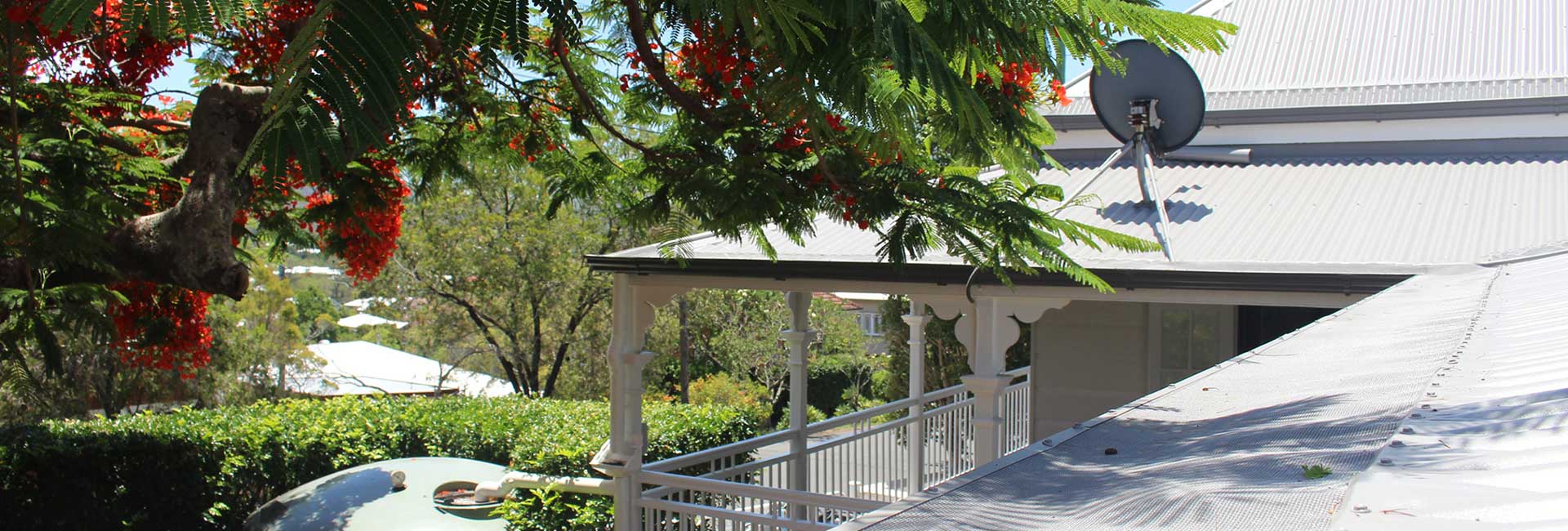The humble gutter plays a vital role in directing water away from your home or building.
And just as roofs come in a variety of configurations, gutters come in a surprising number of shapes and sizes to match.
When choosing gutter mesh for your home or building, it’s important to have a basic knowledge of the types of gutters you’ll be fixing your mesh over.
So to help you out, we’ve put together this handy spotter’s guide.
Eaves gutters
Eaves gutters come in various shapes and sizes. The characteristic common to all of them is that they are installed at your eaves – that is, on the edge of your roof where it meets or overhangs your walls. Eaves gutters are one of the most common forms of gutter found in Australia and New Zealand. Installing gutter mesh over your eaves gutters is a low-maintenance solution to keeping them clear of leaves and debris and preventing animals from using the gaps between your gutters and roof as an entryway into your roof cavity and walls.
Box gutters
Box gutters, sometimes called “trough” gutters, are usually rectangular in shape. They often sit at the edge of flat roofs or in a valley between parallel roofs, where they are “boxed in” and concealed within the structures of the roof. Many box gutters are wide and/or deep, so they handle large volumes of water. However, if they become clogged or filled with hail or snow, they can be particularly prone to causing flood damage, as blocked and overflowing water is more likely to overflow into your home or building. That’s why gutter mesh is often essential when box gutters are involved.
Fascia gutters
Fascia gutters are a two-for-one kind of a deal. The gutter and fascia are combined to create one single item which is then attached directly to your roof rafters. As such, an additional fascia is not required. Like eaves gutters, fascia gutters are installed at your eaves. Gutter mesh can be easily installed over your fascia gutters in line with the slope of your roof for minimum maintenance and to keep leaves, debris and animals out.
Valley gutters
Roof valleys occur at the junction where two roof slopes meet. Valley gutters are the gutters that sit between these two roof slopes. As most homes in Australia and New Zealand have sloped roofs, valley gutters are a fairly common gutter type, especially on larger houses. Blocked valley gutters can cause serious flooding problems for your home as the water has nowhere to go except inside your roof. Gutter mesh is a popular and effective solution to this problem. On sloped valley gutters, it’s also fairly low maintenance, as leaves and debris can be more easily blown away by the wind.
Bullnose gutters
Bullnose roofs are those curved (and often corrugated) metal roofs that commonly extend over verandas and sometimes windows. They’re particularly common on older, colonial era homes. Bullnose gutters are the gutters that are attached to these curved roof edges.
